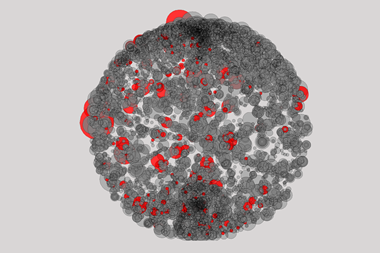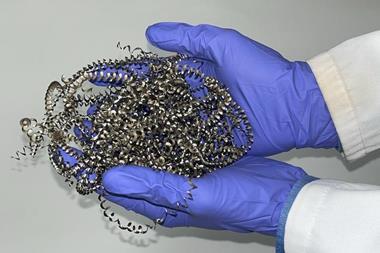In a significant policy shift, Nature and its 32 sister journals will give authors the chance to make their work free to read immediately after publication from January 2021.
The move was announced by Springer Nature, the world’s second biggest scholarly publisher, which runs the Nature-branded journals, earlier this week. The publisher plans a hefty article processing charge (APC) of €9500 (£8460) per article. Springer Nature says it’s not waiving the APC for researchers based in developing nations, which many open access journals and publishers already do.
APCs of other open access journals vary from as little as $100 (£75) to as much as £4200 at The EMBO Journal, $4500 at Science Advances and $5380 at Nature Communications. OA article fees have risen at some journals over the years, but have not passed $6000 – until now.
Nature and its sister journals will continue to allow authors to deposit preprints of their work on institutional servers and repositories, even if they choose not to pay the APC and make their paper open access immediately. All papers published in Nature journals are free to read after an embargo period of six months.
The change in policy comes in light of requirements from Plan S, the ambitious open access scheme run by a group of national research funding agencies with the support of the European commission. Under the initiative, all researchers who receive funding from agencies signed up to the agreement have to publish their papers in journals or publications that make the work free to read as soon as it is published.
Since the Springer Nature announcement, however, researchers have expressed concerns about the high APC. ‘I do not think it is a step towards making science more open,’ says Kylie Cairns, a molecular biologist at the University of New South Wales in Australia. ‘It will decrease diversity and equality in science as only scientists with top funding levels will be able to afford publishing in Nature Publishing Group journals.’
In response, James Butcher, vice president of Nature Research journals, points out that 286 professional paid staff, including 193 professional editors, manage Nature-branded journals. Last year, just under 57,000 papers were submitted to Nature, of which just under 10,000 papers were sent out for peer review, and only around 4500 were ultimately published. Nature has an acceptance rate of roughly 8%, while Nature Communications’ figure is around 16%.
‘That selectivity means that a standard APC paid by eight authors out of every hundred needs to cover the cost of the assessment of the other 92 as well,’ Butcher says. ‘We have to be able to create a sustainable environment in order to make that full flip to OA.’
‘I do understand that publishing is not cheap,’ says Asmeret Asefaw Berhe, a soil biogeochemist at the University of California, Merced. ‘But a publishing cost of €9500 is too high for any paper. This amount is equivalent to the cost of a graduate student’s education for a semester in many universities, and is also more than twice the amount needed to support a summer undergraduate researcher.’
Springer Nature is also trying to implement open access in other ways. Last month, the publisher reached an agreement with the German Max Planck Digital Library in Munich where researchers based at 120 German institutions that subscribe to Nature-branded journals can publish under OA terms.
Springer Nature has also launched a new pilot testing ‘guided OA’. Starting in January 2021, three Nature journals will charge what the publisher is calling an ‘editorial assessment charge’ of €2190 for all submissions that pass an initial editorial check. If the manuscript is ultimately published in a Nature journal, an additional top-up APC of €2600 would be due.















No comments yet